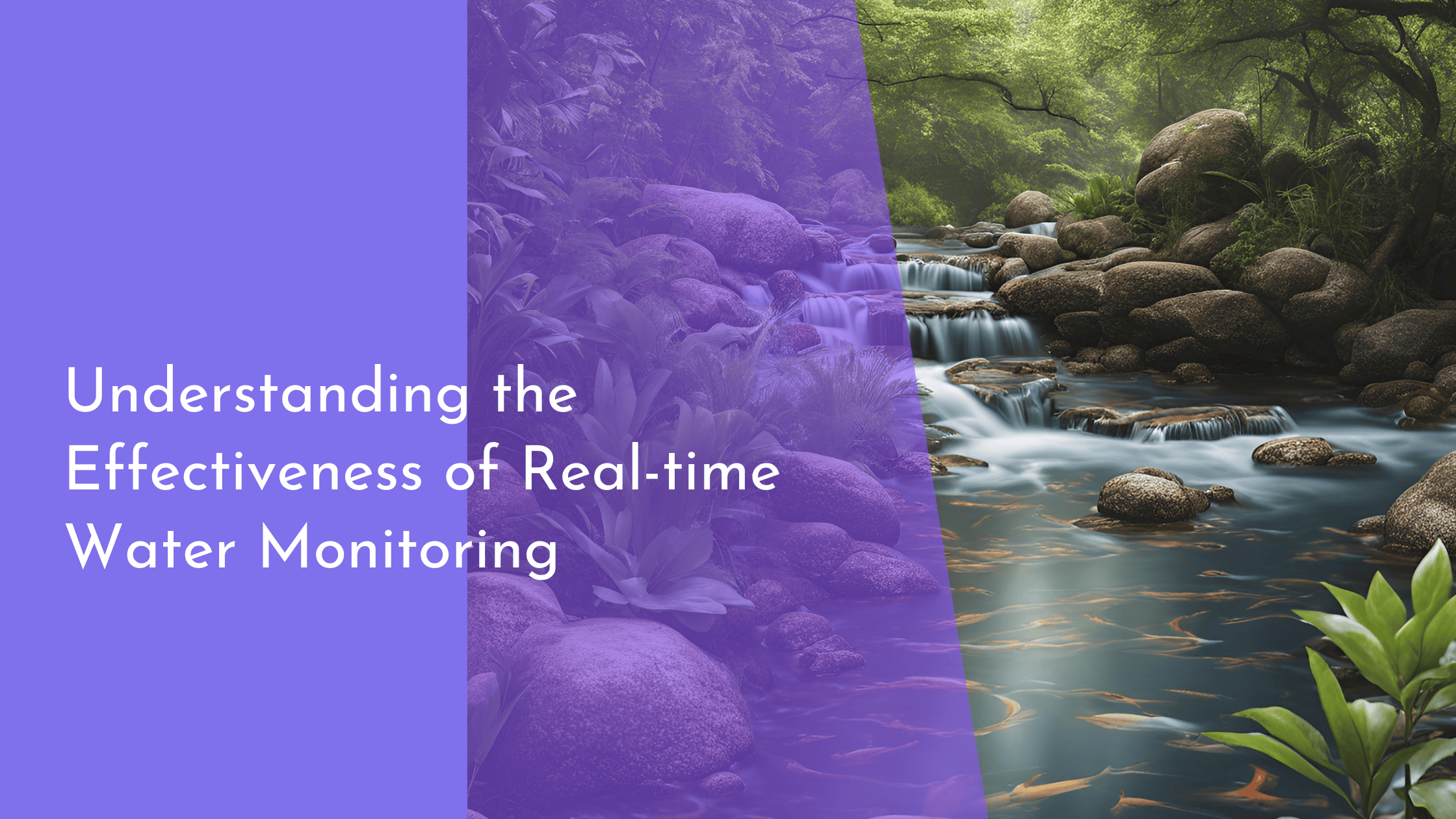Understanding the Effectiveness of Real-time Water Monitoring
As the world grapples with water scarcity, pollution, and climate change, the need for efficient water management has never been more pressing. Real-time water monitoring has emerged as a game-changing solution, providing instantaneous data that helps in the management and preservation of this vital resource. By deploying advanced technologies, real-time water monitoring tools offer unprecedented insights into water quality, availability, and usage patterns, empowering decision-makers with actionable information. This article delves into the effectiveness of real-time water monitoring, exploring its tools, benefits, challenges, and future potential.
Overview of Real-Time Water Monitoring Tools
Real-time water monitoring tools are technological systems designed to collect, process, and analyze water-related data in real-time. These tools often comprise an array of sensors, data loggers, and communication technologies that monitor various parameters such as temperature, pH levels, turbidity, dissolved oxygen, and contaminants. These elements function cohesively to provide a comprehensive picture of water quality and flow dynamics, crucial for maintaining healthy ecosystems and ensuring safe water for human use. Cutting-edge tools, such as IoT-enabled sensors, remote satellite monitoring, and advanced data analytics platforms, have revolutionized the water monitoring landscape, offering more reliable and timely insights.
The implementation of these tools varies widely, tailored to specific needs across industries, municipalities, and environmental agencies. For instance, agricultural sectors use soil moisture sensors to optimize irrigation practices, while industrial players deploy wastewater management systems to ensure compliance with environmental regulations. Municipal water treatment facilities utilize these tools to maintain the safety and quality of drinking water. Each application underscores the versatility and adaptability of real-time water monitoring solutions, emphasizing their role in fostering sustainable water management practices.
Key Benefits of Real-Time Water Monitoring
One of the most significant benefits of real-time water monitoring is its ability to provide timely and accurate data, which is crucial for informed decision-making. By having access to real-time data, stakeholders can quickly identify and address potential issues such as pollution events, equipment malfunctions, or abnormal water usage. This immediacy not only helps in mitigating potential environmental damage but also reduces the risk of costly penalties and clean-up operations. Furthermore, real-time data facilitates proactive maintenance, ensuring systems operate efficiently and reducing downtime.
Another critical advantage is the enhancement of resource efficiency and sustainability. Real-time monitoring allows for precise control over water usage, enabling industries and municipalities to optimize their operations and reduce waste. For example, smart irrigation systems can adjust water distribution based on current soil moisture levels and weather forecasts, leading to significant water savings. In urban settings, real-time data helps manage stormwater systems more effectively, minimizing the risk of flooding. By promoting efficient use of water resources, real-time monitoring not only supports environmental sustainability but also contributes to financial savings.
Challenges in Implementing Real-Time Systems
Despite the clear advantages, implementing real-time water monitoring systems comes with its own set of challenges. One of the primary hurdles is the high initial cost of installation and the complexity of integrating new technologies into existing infrastructures. Organizations, particularly smaller ones with limited budgets, may find it challenging to justify the upfront investment required for modern monitoring equipment. Additionally, the maintenance and operational costs, such as calibration of sensors and data storage, can be substantial, posing financial constraints.
Another significant challenge is the need for technical expertise and ongoing training. Effective deployment and utilization of real-time monitoring tools require skilled personnel who understand both the technological and environmental aspects of water management. This need for expertise can lead to a skills gap, especially in regions where technology adoption is still nascent. Moreover, data security is an emerging concern as these systems are often connected to the internet, making them potentially vulnerable to cyberattacks. Ensuring data integrity and privacy is crucial to maintaining trust and reliability in real-time water monitoring systems.
Despite the challenges, the potential benefits of real-time water monitoring are too significant to ignore. As technology continues to advance, the costs associated with implementation are likely to decrease, making these systems more accessible to a broader range of users. Furthermore, the benefits of improved water management, enhanced resource efficiency, and better environmental protection far outweigh the initial hurdles.
In conclusion, real-time water monitoring represents a brighter future for water management, offering solutions that are not only effective but also sustainable. By embracing these technologies, societies can ensure the responsible stewardship of their water resources, paving the way for a more resilient and water-secure world. As we move forward, continued innovation and collaboration in this field will be crucial, helping us to navigate the challenges of water scarcity and climate change with confidence and optimism.


